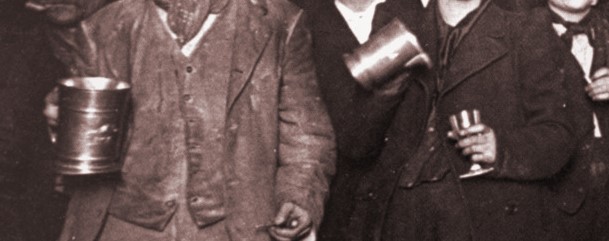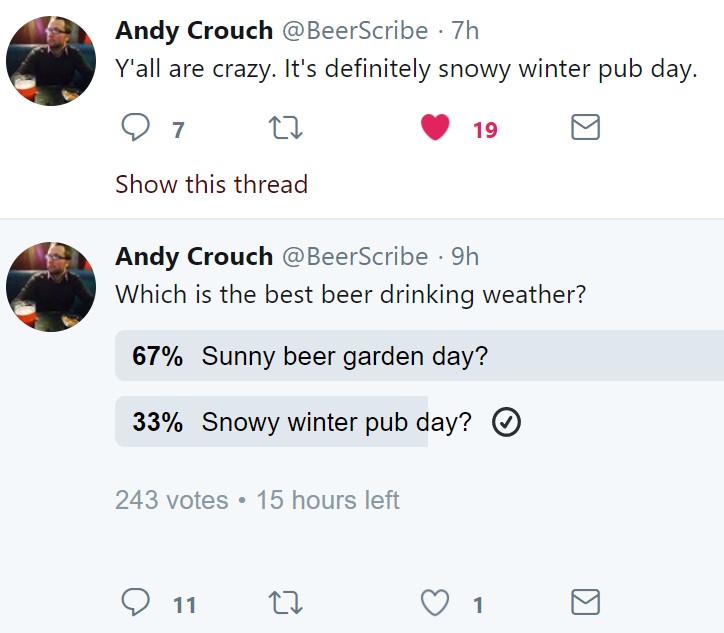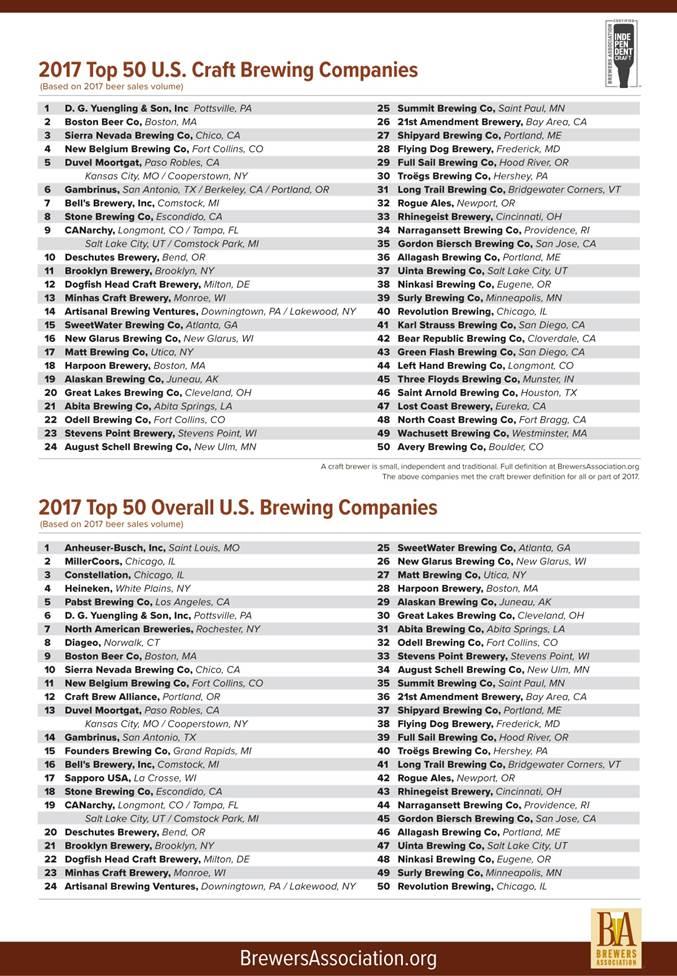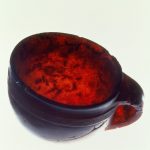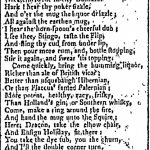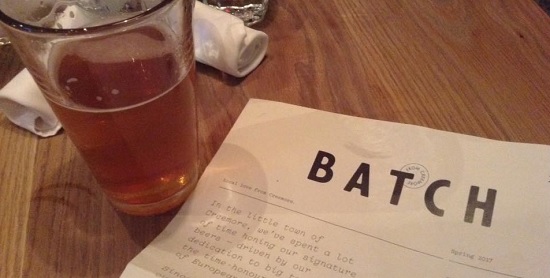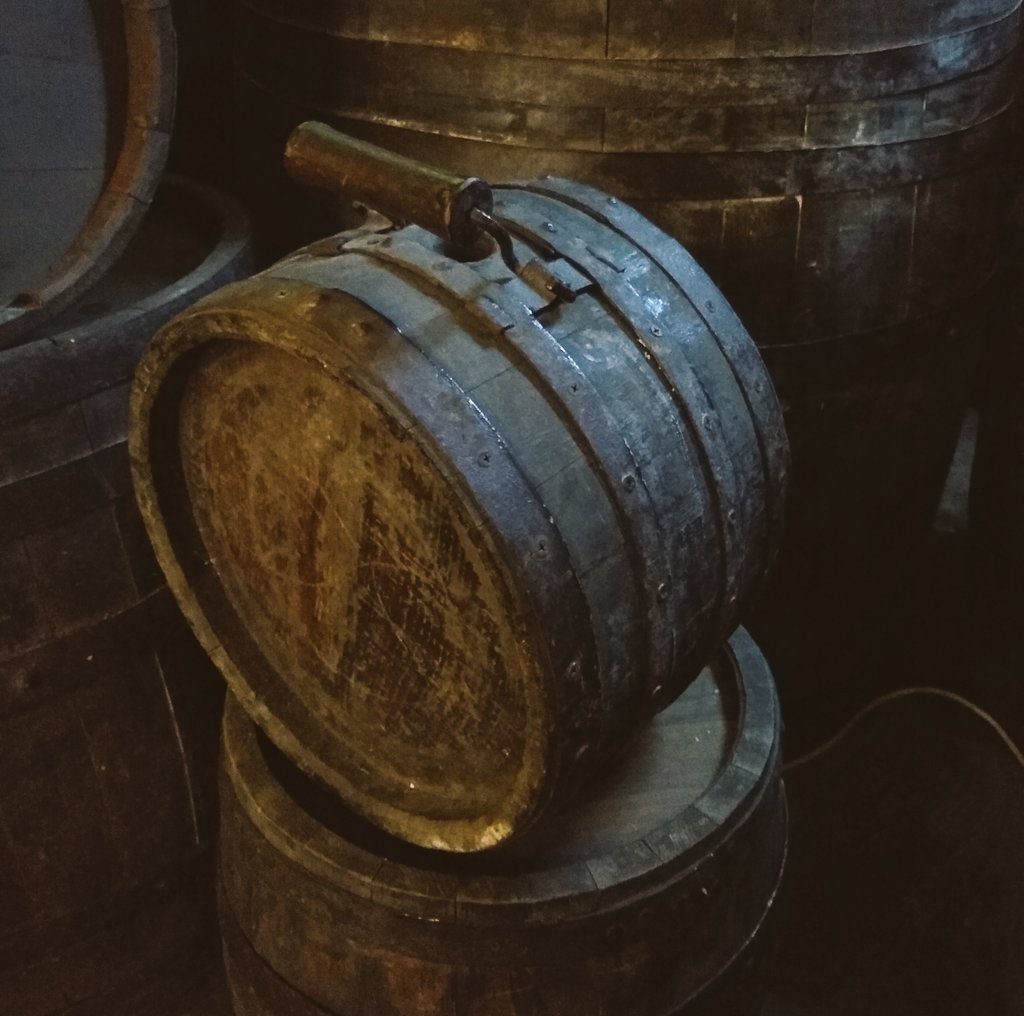 I am not sure why it has gone so quiet. Am I reading the wrong websites? Was the fact that I know far more about knitting a clue? The coolest thing I saw this week was this image of a 20 pint cask with an handle posted on Twitter by Geoff Latham, English brewer and history fan. One theory of the handle is that the entire cask could be settled into a cooling creek as farm workers toiled away nearby. That’s a lovely thought.
I am not sure why it has gone so quiet. Am I reading the wrong websites? Was the fact that I know far more about knitting a clue? The coolest thing I saw this week was this image of a 20 pint cask with an handle posted on Twitter by Geoff Latham, English brewer and history fan. One theory of the handle is that the entire cask could be settled into a cooling creek as farm workers toiled away nearby. That’s a lovely thought.
There was a fabulously interesting business news item from here in my local eastern Ontario, describing a plan in which one noted craft brewery has sold to a firm which runs restaurant chains:
Peter Mammas, President and Chief Executive Officer of Foodtastic, said, “Big Rig is a treasured local brand and we are excited to welcome Big Rig into the Foodtastic family. We look forward to preserving Big Rig’s strong brand, while growing the restaurant system across the region. We are already looking at locations in Toronto. This acquisition of a homegrown Ontario business is consistent with our strategy of acquiring quality brands with growth potential that complement our existing brand portfolio. We believe the Big Rig acquisition will leverage our marketing, purchasing and operational systems to better serve our Big Rig customers and welcome many new ones.”
Canada has not had the sort of brewpub chain history that you see in the US and UK so I will be very interested to see if the this makes a go of it.
Sad news out of Syracuse, NY with the closing of a beer store that was critical to my own good beer education starting about 15 years ago:
The Party Source Beverage Center — which has been selling specialty domestic and imported beers since long before the term “craft beer” came into use — has closed. The shop at 2646 Erie Blvd. E. was stripped bare of inventory and most of its shelves this morning. An employee of the adjacent Oasis Mediterraneran food market said the beer store appeared to have closed over the weekend. The owners of Oasis also own the building. The future of the space remains under review, said Raham Soliman, another Oasis employee. “The Party Source Beverage Center will be up for rent until we come to a final decision,” Soliman wrote in an email.
We watch these days as older micros fade in the face of tiny post-craft fruit juice manufacturers but it is interesting to note that the stores which held venerable imported beers are also challenged by today’s hyper-local transient brewing. I likely bought my first Stone here or at the long lost but much beloved Galeville Grocery.
Mr Protz via Twitter alerted me and all you all to a sensible British TV news documentary about the health effects of alcohol and then he suffered one of the oddest dipsomania laced Twitter flame-fest I have seen. You people do understand alcohol is not great for you, right? I mean I can only assume that anyone who writes…
Please define what you consider “ruinous forms of alcohol”
…has (i) got issues and (ii) likely needs a liver function test asap. The willful blindness of otherwise clever folk to the ruinous aspect of the history of alcohol is one of the most bizarre side effect of the good beer bubble. Note that it relies on the “guns don’t kill people, people kill people” argument.
In addition to my thoughts, Ron Pattinson wrote one of the sweetest posts he has every posted in response to fellow beer writer Rebecca Pate’s thoughts about the Grim Reaper’s approach as she faces turning 35:
I regularly have a birthday party. Once every decade: 40, 50, 60. The interval may reduce to five years as get further down death’s highway. No point denying the inevitable goosestep of time. May as well embrace and attempt to smother it. The exact moment, I’m not sure of, but there was a point, when, rather than seeing each year added as another milestone on the road to extinction, I began viewing my age as a cricket score. Each number added, a little victory.
The under-exciting #FlagshipFriday thing seems to have run its course. Gary G posted a good piece about a venerable Toronto ale, younger sibling to my own yoof – and in response the founders of the thing were seemingly silent. It’s an unfortunate hashtag, to be fair, used widely for other purposes.
Conversely, the Ontario Craft Beer Guide Radio Show* is going great guns and is serving as a regular source of news items to poach. This week comes the news that the LCBO is adding new grocery stores as part of the changes that are coming (albeit at a slower pace) to the Ontario beer marketplace:
Following the provincial government’s announcement today on plans to deliver more choice and convenience for consumers, the LCBO is rolling out an extensive expansion plan to better serve Ontarians. As part of the marketplace expansion, the LCBO will be authorizing 200 new LCBO Convenience Outlets (formerly called LCBO Agency Stores) over the next year. In addition, the Grocery program, started in 2016, will be expanding with 87 new authorizations, bringing the total number of grocers eligible to sell beer, cider, and in some stores, wine, to 450.
This is smart and no retreat. The law is just waiting for proclamation now. Whenever you as a government want to expand authority and powers, you also check out any authority which has been sitting around unused. Q: where is the agency outlet for Bath?
Also, the powers behind the OCBRS are selling ads. Ads make a lot of sense. I used to sell ads. Made a crap load back in the day off those ads. I miss that. Blow money. Pellicle is hitting up folk for moo-lah, too. Good for them. Makes sense. Far better than mystery trips to shadowy Wrocław. Not that there’s anything wrong with visiting Wrocław but it would be nice to know how and why and who. Probably not an issue at all. In fact, I suspect the entire enterprise was a set up, a way to make me say stuff like this… bastards…
Odd drinking advice bested only by odd smoking up advice… from the government! But not nearly as odd as this story, falsely alleging some sort of connection to beer.
That’s a wrap. Another week’s news in the can. Expect more news from Boak and Bailey again this Saturday. No word on Stan. He might post the news Monday. Maybe. You never know. Was he in Wrocław? Who was? Shadowy. All very shadowy.
*They say “podcast” but we all know they mean radio show. They are also still working out the kinks on the call-in feature.


